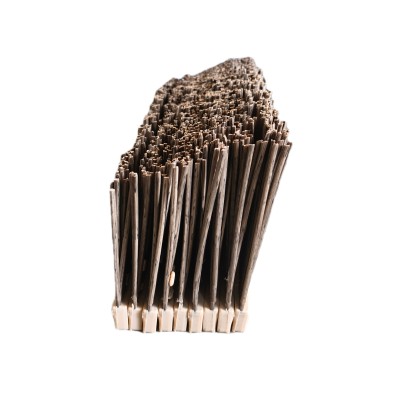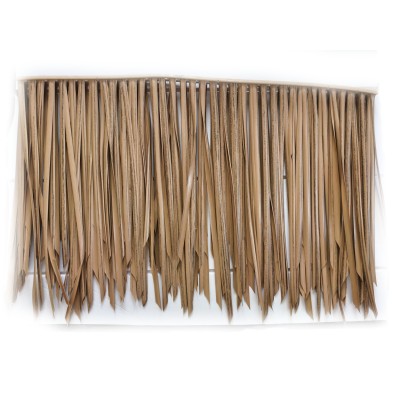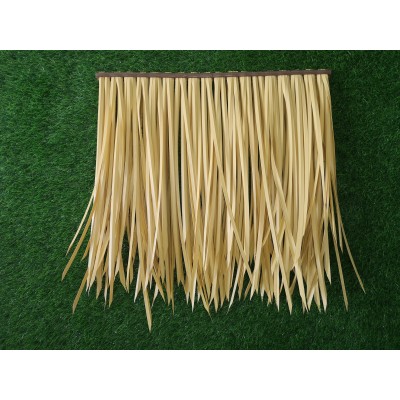Innovative application of synthetic thatch roof to combat rat, bat and snake problems in luxury tropical hotel Maldives
Innovative application of synthetic thatch roof to combat rat, bat and snake problems in luxury tropical hotel Maldives
Abstract: This paper focuses on the infestation of rats, bats and snakes in luxury tropical natural palm-leaf roofed hotels in Maldives, and explores the feasibility and advantages of synthetic thatch roofing as an innovative solution, as well as its multi-faceted impact on hotel ecology and operations. Through field research, material analysis and case comparison, it is expounded that it can effectively solve the biological problems and guarantee the guest experience while maintaining the luxury image of the hotel.
Introduction to synthetic thatch roofs in the Maldives
The Maldives attracts tourists from all over the world with its fantastic tropical island scenery and luxury hotels. However, the unique ecological environment of the area makes rats, bats and snakes frequent, which brings great challenges to hotel operations and guest comfort. Traditional natural palm leaf roof building protection means often care for one thing and lose the other, it is difficult to take into account the beauty and efficient displacement. The emergence of synthetic thatch roofs has provided a new way of thinking about this dilemma.
Ii. Biological infestation status of Maldives hotels
(1) Rats
The humid tropical climate and abundant food sources encouraged the rats to thrive. They not only gnawed on hotel building structures, electrical wiring, natural palm leaf roof causing safety hazards, but also may contaminate food stocks, spread disease, and seriously threaten hotel hygiene standards and normal operation.
(2) Bats
Nocturnal bats inhabit natural palm-leaf roofing eaves and roof crevices. The accumulation of feces not only smells pungent, corrodes the surface of the building, and some bats carry viruses, which makes guests fear and affects the reputation of the hotel.
(3) Snakes
The diverse ecology of the Maldives has resulted in the distribution of snakes, which may crawl into guest rooms and public areas along natural palm-roofed building structures, endangering personal safety, causing panic among guests and leading to a decline in occupancy.
Third, the characteristics of synthetic thatch roof analysis
(1) Material structure
Synthetic thatch uses advanced polymer to simulate the appearance of natural thatch, but has stronger toughness and weather resistance. Its internal fiber structure is tight, the surface is specially treated, waterproof, moisture-proof and non-flammable.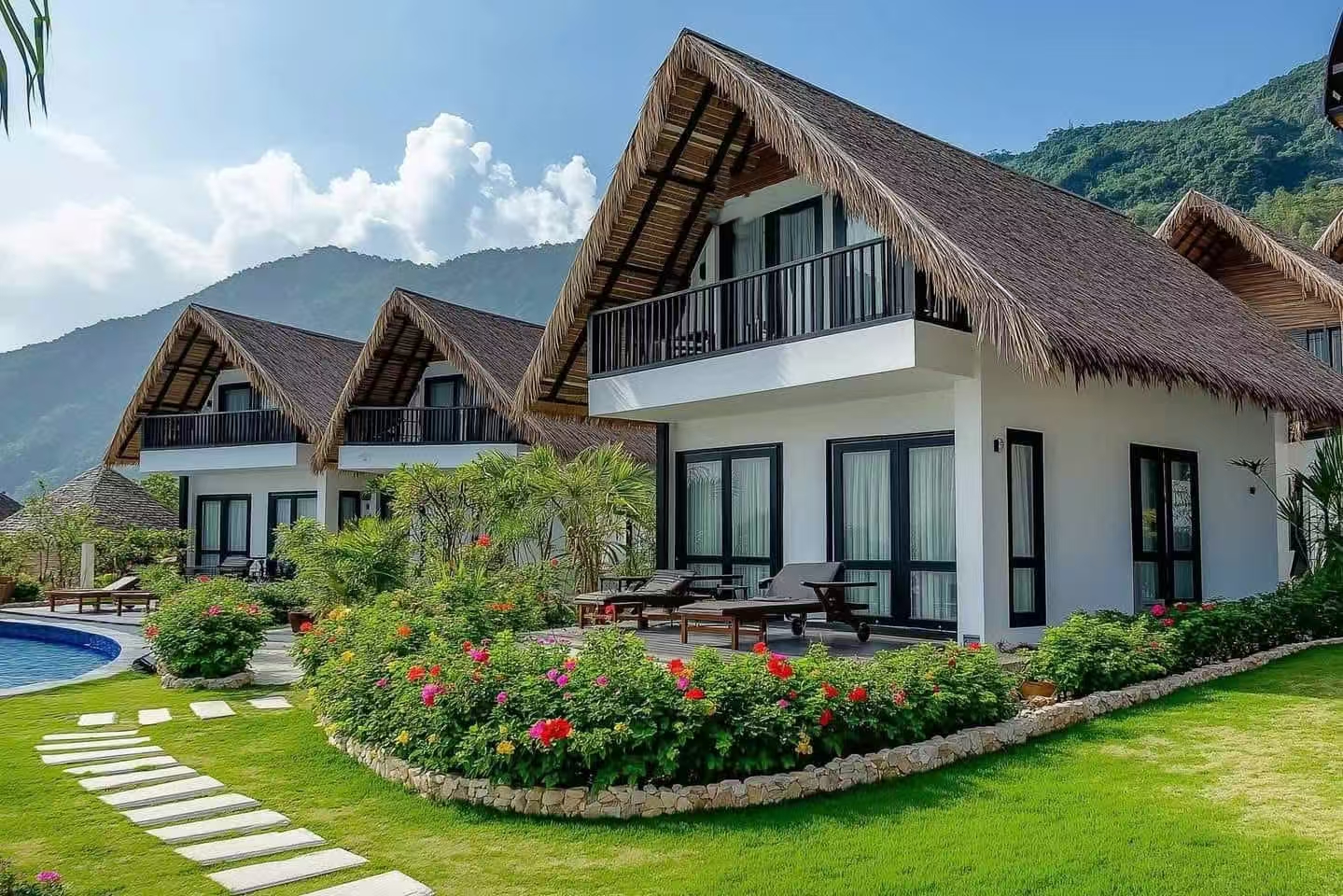
(2) Repellent principle
Special additives are incorporated into the material to release odor bands that are disgusting to rats, bats and snakes, interfering with their olfactory perception and causing them to actively avoid roosting. At the same time, the smooth surface treatment makes it difficult for climbing organisms to gain a foothold, and the dual physical and chemical repellent mechanisms are in effect.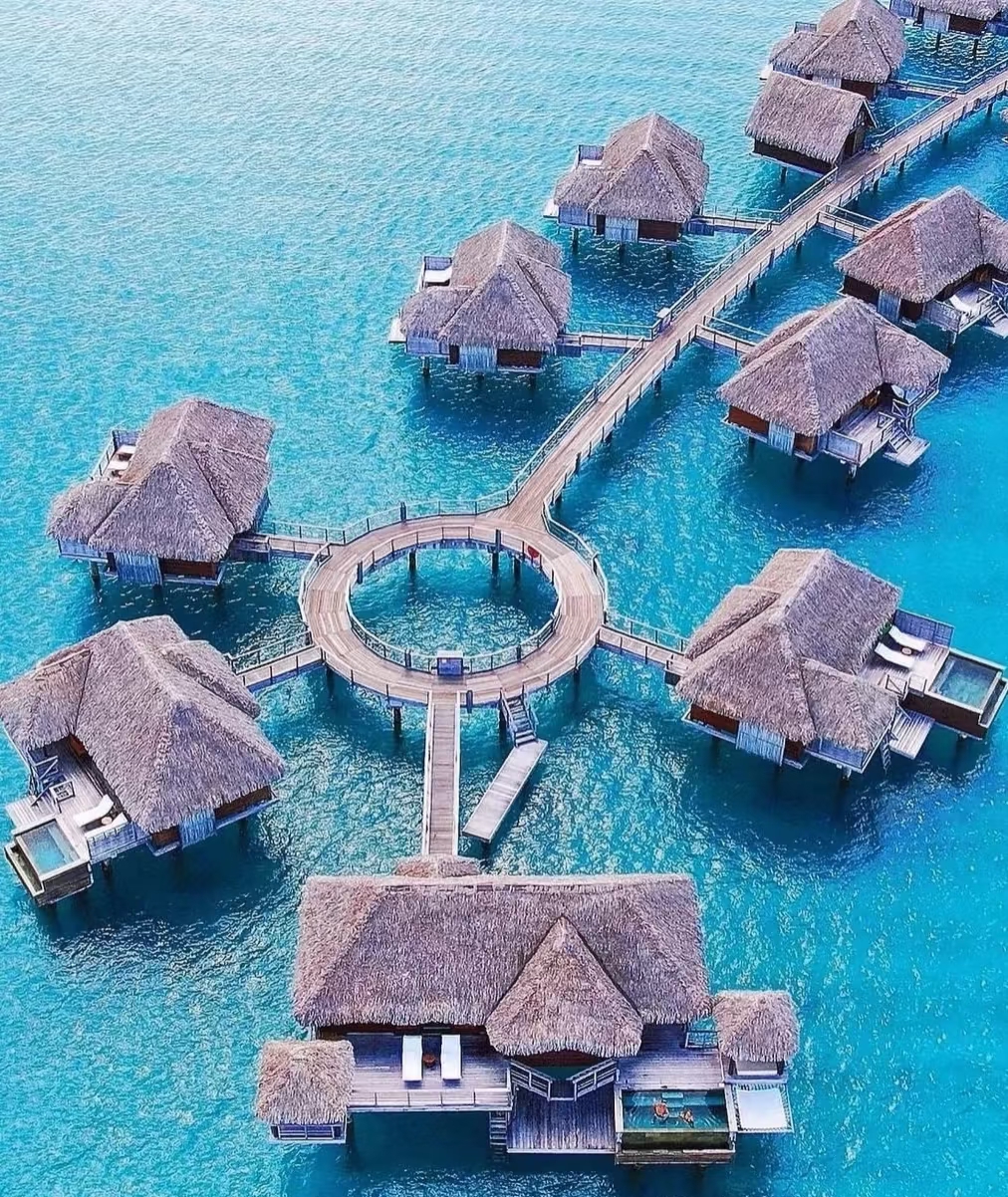
4. Application advantages
(1) Aesthetic compatibility
Perfectly inherits the traditional natural architectural style of the Maldives' palm-leaf roof, which blends with the blue sea, blue sky and white sand of the coconut forest to maintain the high-end tropical holiday style of the hotel, which is different from the cold metal or plastic protective facilities.
(2) Convenient maintenance
Compared with the natural palm leaf roof, which requires frequent replacement and anti-insect and anti-corrosion treatment, the synthetic version has strong durability and only needs regular simple cleaning, reducing labor and material costs and improving hotel operation efficiency.
3. Ecological friendliness
It is non-toxic and harmless, does not pollute the surrounding sea and soil, guarantees the fragile ecological balance of Maldives, conforms to the concept of sustainable development of the hotel, and avoids the secondary environmental hazards caused by traditional chemical repellent.
V. Case demonstration
Select several luxury hotels in Maldives that pioneered the use of synthetic thatch roofs, and compare the data before and after the renovation. Biological infestation incidents decreased by more than 70%, guest satisfaction jumped from 80% to 92%, complaints due to biological issues were near zero, and maintenance costs decreased by 30% on an annual basis.
6. Conclusion and Prospect
The synthetic thatched roof at the Maldives Luxury Tropical Hotel shows extraordinary potential for rat, bat and snake problems, combining aesthetics, practicality and ecology. In the future, with the progress of material technology, continuous optimization of its performance and expansion of application scenarios, it is expected to become the standard configuration of tropical seaside resort buildings, providing an example for the hotel industry in similar ecological regions around the world, and realizing the harmonious coexistence of man and nature, luxury experience and ecological protection.
